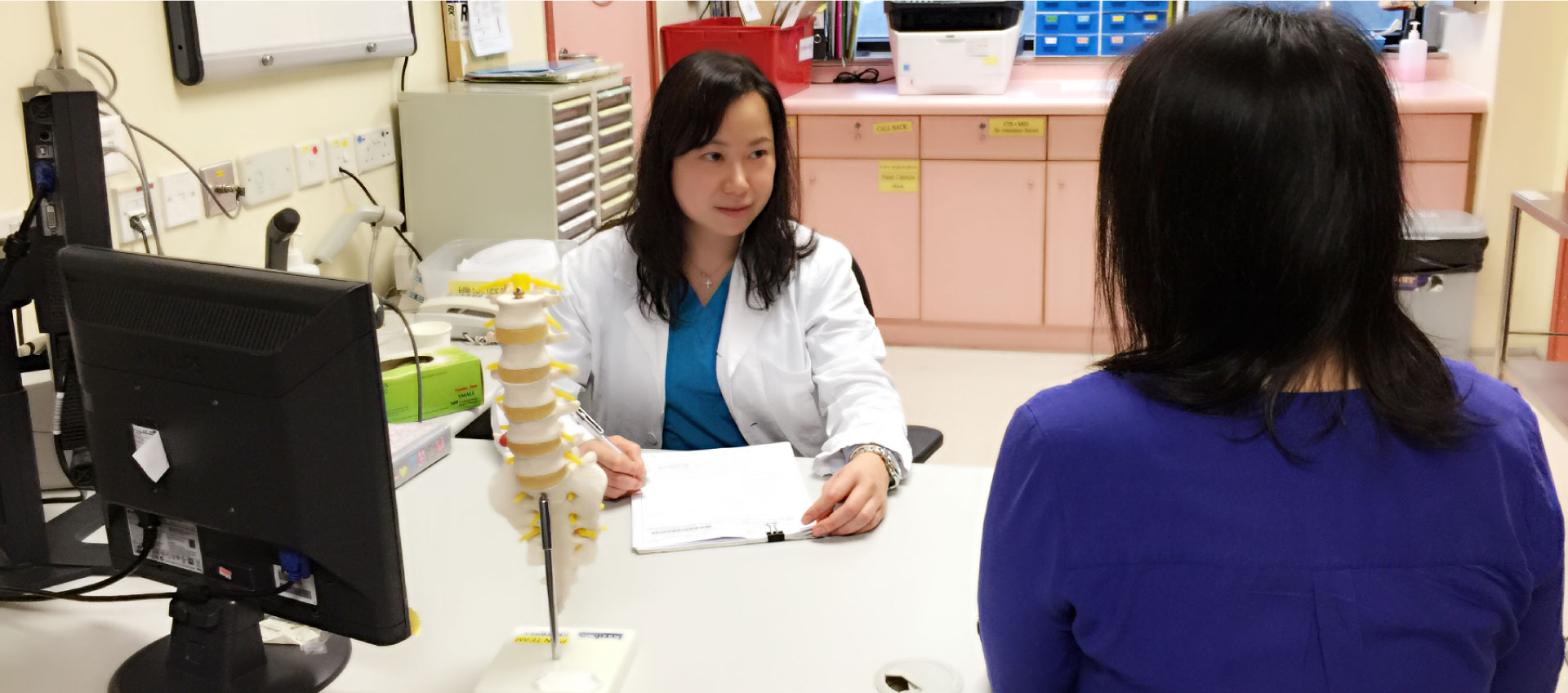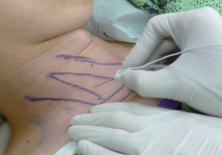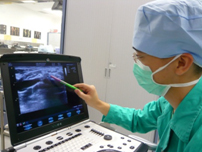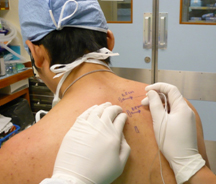Clinical Services
Clinical Anaesthesia

The Services of Clinical Anaesthesia include:
Liver Transplant Anaesthesia
Neuroanaesthesia
Obstetric Anaesthesia
Queen Mary Hospital is a tertiary referral centre for complicated pregnancies in the territory, and an assisted reproductive centre for the University of Hong Kong. We have around 4000 deliveries per year, of which 29% are by caesarean section. The Obstetric anaesthesia team at Queen Mary Hospital provides 24 hour cover to the labour ward to assist with labour analgesia and anaesthesia . We run joint drills with obstetricians and midwives in crisis management, and provide both in-patient consultations and out-patient screening for high risks pregnancies.
Multidisciplinary round table meetings plan high risk operative deliveries. Quality assurance activities, audits, and departmental CME activities are all mandatory in our operative risk management. Training of our theatre nurses and assistants and midwives are provided on a regular basis as well as to medical students. We are also an accredited training centre under the Hong Kong College of Anaesthesiologists. In the future we will continue to strive for excellence in a high standard of care matched with a growing delivery rate in HK, meeting the needs of evidence-based medicine, anaesthesia safety, public expectations, training potentials and research opportunities.
Orthopaedic Anaesthesia
Mission
Our goal is to provide highest standard of evidenced based and patient - centered anaesthetic service to the community, enhance clinical research, provide undergraduate and postgraduate training to an international standard, establish and maintain links with international orthopaedic anaesthetic centers.

Background
We provide anaesthetic care to patients in a very collegial and supportive environment. We provide perioperative care for a wide range of orthopaedic procedures including General Orthopaedics and Oncology, Hand and Foot Surgery, Joint Replacement Surgery, Spine Surgery, Sports and Arthroscopic Surgery, Orthopaedic Trauma and Paediatric Orthopaedics.
Regional blockade and peripheral nerve blocks are commonly used and maintained postoperatively for analgesia. We have well established regional anaesthesia services and we perform different types of peripheral nerve blocks for surgical anaesthesia as well as postoperative pain control.
We are actively involved in teaching and training. With large majority of patients having some form of regional anaesthesia, we provide unique and lots of training opportunities to trainees and junior anaesthetists on regional anaesthesia. They have used their time to gain experiences in this area and become skillful in the use of ultrasound for regional anaesthesia. Moreover, we also promote active participation in audits and research so as to further improve our anaesthetic services.


Paediatric Anaesthesia
- General paediatric surgery
- Thoracic surgery including VAT
- Urological operations
- Neonatal surgery including premature newborn
- Liver transplantation,
- Surgery for spinal or limbs deformity
- Correction of craniofacial abnormalities
- Plastic surgery
- Dental operations
- Neurosurgical or vascular operations
- Otolaryngology including laser surgery in infants
- Ophthalmic surgery
- EXIT procedure
Other services include:
- Paediatric acute pain management which is in collaboration with the Division of Pain Medicine.
- Procedural sedation to high risk children undergoing radiological or interventional procedures.
We anaesthetize over 1000 children aged less than six per year, among them about 100 are neonates of less than 45 weeks post conceptual age. Our team of paediatric anaesthetists provide 24 hours coverage of anaesthesia service to neonates and other high risks children undergoing major surgery.
Training in paediatric anaesthesia is provided to anaesthetic trainees and fellows in anaesthesia.
Perioperative Care
Sedation
Vascular Anaesthesia
Each year, more than 300 major arterial surgical procedures are performed in QMH. In 2011, there were 80 procedures for aortic diseases (aneurysm, dissection ), with 80% performed via endovascular approach. There were more than 100 peripheral endovascular procedures with the majority for lower limb arterial occlusive disease. In addition, there were more than 20 carotid artery procedures including stenting.
With the establishment of in-house high resolution multi-faceted X-ray machine in K11 operation theatre, there is a noticeable rising trend for endovascular surgery. Our anaesthetic approach has moved from traditional general anaesthesia towards regional anaesthesia and even sedation with monitored anaesthetic care (MAC) for many of the procedures.

